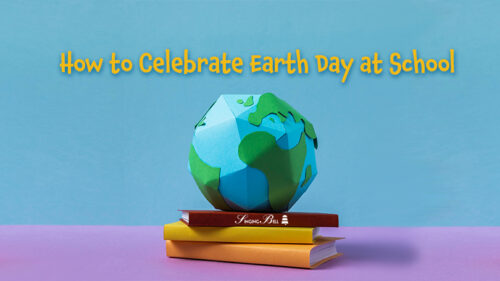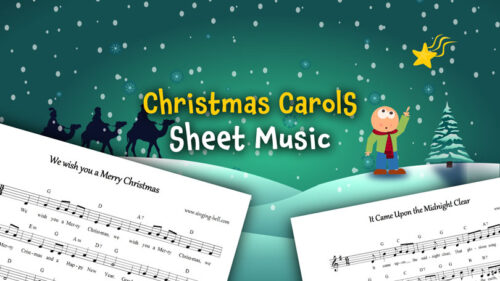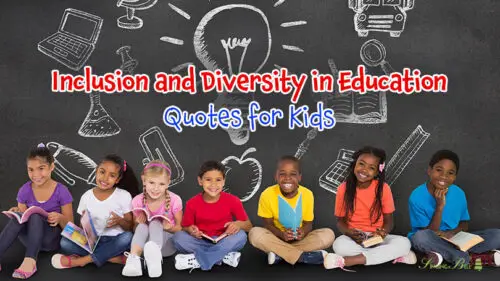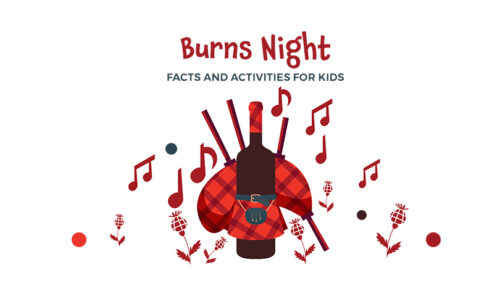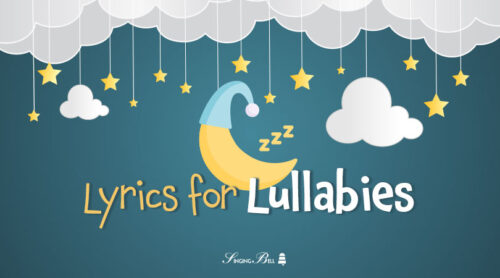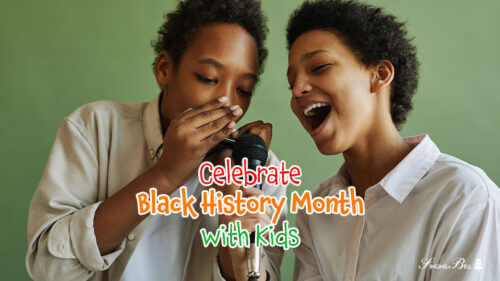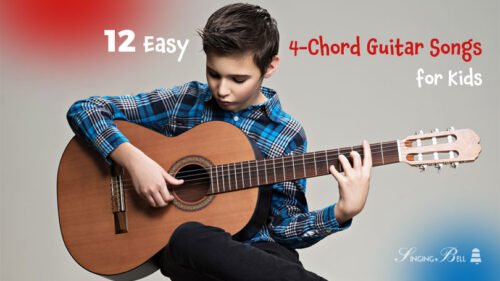Where we help you define whether your videos are “Made for kids” according to YouTube policies.

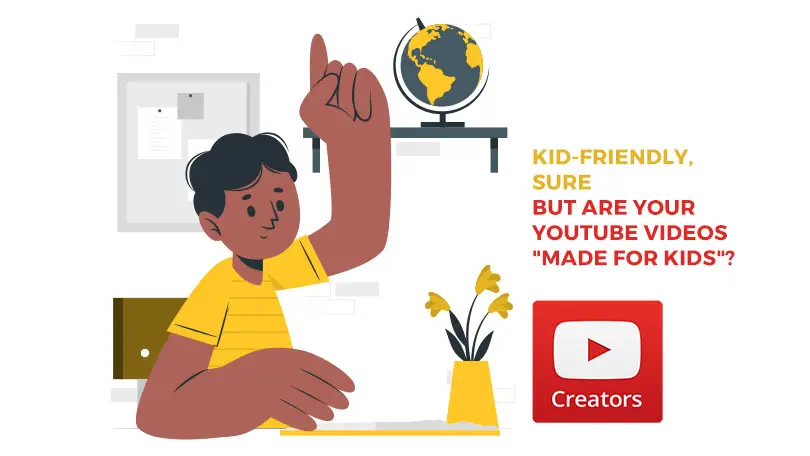
As a content creator on YouTube, understanding the distinction between “kids-friendly” content and content “Made for Kids” is crucial. This categorization affects not only how your videos are marketed and monetized but also how they comply with legal requirements aimed at protecting children’s privacy.
The introduction of stricter regulations has made it imperative for creators to accurately label their content. Mislabeling can lead to significant consequences, both legally and financially.
In this post, we’ll explore the history, implications, and best practices for determining whether your videos fall under the “Made for Kids” category.
Table of Contents
- YouTube before COPPA
- Protection of children and A naughty algorithm
- Google, YouTube and a $170 Million Fine for Alleged Violations of Children’s Privacy Law
- YouTube in 2020 and its compliance with COPPA
- Is my video “Made for kids”?
- Which videos are “Not made for kids?”
- What happens if you mislabel your YouTube video?
- Ads on Videos Made for Kids
- Kids and Comments on YouTube
- What Other Features of YouTube Don’t Work on Videos Made for Kids?
- YouTube Kids, a platform just for kids
- Conclusion
1
YouTube before COPPA
Children’s Online Privacy Protection Act (COPPA) is a US federal law, enacted in 1998 and effective since April 21, 2000. It imposed certain requirements on operators of websites or online services directed to children under 13 years of age,

Before the enforcement of the COPPA, YouTube operated with fewer restrictions regarding content targeting children. Creators freely uploaded videos without needing to specify the intended audience, and the platform collected data from all users, including children, to tailor ads and recommendations.
2
Protection of children and A naughty algorithm
Before YouTube’s full compliance with COPPA in 2019, there was significant controversy and concern regarding its algorithm showing inappropriate videos to children.

The platform faced widespread criticism for several issues:
- Inappropriate Content: There were numerous reports and investigations revealing that YouTube’s algorithm was recommending and auto-playing videos with inappropriate content to young viewers.
These videos often featured disturbing or violent imagery, unsuitable for children, despite being tagged with keywords and thumbnails appealing to kids. YouTube proceeded to the deletion of hundreds of thousands of such videos in 2017. - Elsagate: A particular scandal known as “Elsagate” emerged, where videos featuring popular children’s characters like Elsa from Frozen and Spider-Man were found to contain bizarre, inappropriate, and sometimes disturbing content.
These videos exploited the popularity of children’s characters to attract young viewers but included themes and visuals far from suitable for children. - Exploitation of Kids: Concerns were raised about videos that appeared to exploit children for views and ad revenue.
Some videos depicted children in compromising situations or participating in dangerous stunts, raising ethical and safety concerns. - Comment Section Issues: There were also significant issues with the comment sections on videos featuring children.
Predators were found to be using the comments to exploit and groom young viewers, leading to widespread outrage and the eventual disabling of comments on videos marked as “Made for Kids.”
These events, along with the looming regulatory scrutiny, significantly pressured YouTube to overhaul its policies and practices to better protect children.
3
Google, YouTube and a $170 Million Fine for Alleged Violations of Children’s Privacy Law
In September 2019, Google and YouTube faced a $170 million fine from the Federal Trade Commission (FTC) and the New York Attorney General for allegedly violating COPPA. The complaint claimed that YouTube illegally collected personal information from children without parental consent and used this data for targeted advertising.

The settlement required YouTube to make substantial changes to its platform to comply with COPPA. This included implementing a system for creators to label their content as “Made for Kids” and restricting data collection on videos identified as such. The fine and the ensuing changes marked a pivotal moment in how digital content for children is regulated.
4
YouTube in 2020 and its compliance with COPPA
Starting January 2020, YouTube introduced new features to help creators comply with COPPA. All creators are now required to designate whether their content is “Made for Kids” or not, either on a video-by-video basis or across their entire channel.
YouTube implemented these changes to ensure that content intended for children adheres to COPPA’s regulations, which include limitations on data collection and targeted advertising. The platform also adjusted its algorithms and advertising policies to reflect these new requirements, significantly altering the landscape for content creators.
5
Is my video “Made for kids”?
Determining if your video is “Made for Kids” involves several factors. Content that is specifically aimed at children includes educational content for preschoolers, animated series, or videos featuring characters, themes, toys, or games that appeal primarily to children.
Creators should consider whether their videos include child actors, popular children’s characters, or activities that are commonly associated with children’s interests. The intended audience and the actual audience must both be taken into account to make an accurate designation.
6
Which videos are “Not made for kids?”
Videos that are “Not made for kids” are those that specifically target a general audience or adults. This includes content that is intended for teenagers, educational content meant for older audiences, or videos that address mature themes.

Creators should also note that simply having a child-friendly tone or being suitable for a family audience – or plain silly – does not automatically classify a video as “Made for Kids.” The specific intent behind the content and its primary audience are the critical factors.
7
What happens if you mislabel your YouTube video?
Mislabeling your YouTube video can lead to severe consequences. If you label a video as “Not made for kids” but it is deemed otherwise by regulators or YouTube’s review processes, you could face legal action, including fines.
That said, if you mislabel your YouTube video regarding whether it’s “Made for Kids” or not, YouTube may review and reclassify the video themselves. YouTube uses machine learning algorithms and manual reviews to monitor content and ensure compliance with COPPA regulations. If they determine that a video has been incorrectly labeled, they will update the designation to reflect the correct audience.
On the other hand, labeling general content as “Made for Kids” can limit monetization options and audience engagement due to restricted data collection and personalized advertising. It’s essential to carefully evaluate your content to avoid mislabeling.
8
Ads on Videos Made for Kids
Videos labeled as “Made for Kids” face stricter advertising policies. Personalized ads, which rely on data tracking, are not allowed on these videos. Instead, they can only feature contextual ads that do not depend on user data.

This change impacts revenue for creators who rely heavily on personalized ads for income. While this protects children’s privacy, it also means that creators need to adjust their expectations and strategies for monetizing kid-friendly content.
9
Kids and Comments on YouTube
For videos marked as “Made for Kids,” YouTube disables comments to comply with COPPA and ensure a safer environment for young viewers. This move aims to prevent inappropriate interactions and protect children from potential online risks.

The lack of comments affects community engagement and feedback for creators. However, it’s a necessary step to provide a secure platform for young audiences and align with regulatory requirements.
10
What Other Features of YouTube Don’t Work on Videos Made for Kids?
Other features affected include the disabling of the “Save to playlist” and “Save to watch later” options, as well as the restriction of the community tab, which limits creators’ ability to engage with their audience through polls, updates, and other community interactions.
The miniplayer on mobile is also disabled, preventing viewers from using this feature while watching “Made for Kids” content.
These measures collectively work towards creating a safer and more controlled environment for children using the platform, but YouTube, of course, can change the use of those features anytime.
11
YouTube Kids, a platform just for kids
YouTube Kids is a dedicated platform designed exclusively for children, offering a curated selection of videos, channels, and playlists appropriate for young viewers. This platform provides a safer environment with robust parental controls and age-appropriate content.

Creators targeting young audiences can consider YouTube Kids as an alternative to the main platform, ensuring their content reaches the intended demographic while adhering to COPPA regulations. YouTube Kids helps parents feel more confident about the content their children are consuming.
Conclusion
In conclusion, navigating YouTube’s “Made for Kids” designation is not just a matter of labeling but a fundamental aspect of compliance with COPPA and protecting your channel’s future. Proper categorization safeguards your channel from potential fines and legal issues while ensuring that you operate within the platform’s guidelines.

By understanding the implications of this designation, creators can make informed choices that balance audience engagement, monetization, and regulatory requirements. Ultimately, thoughtful and accurate labeling supports a safer environment for young audiences and a more secure platform for content creators.
Did you like this post? Rate it!
You may also like:
How to Remove Copyright claims on YouTube : A 7-Step Process


